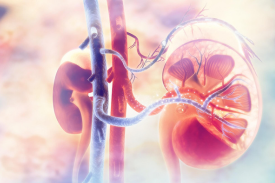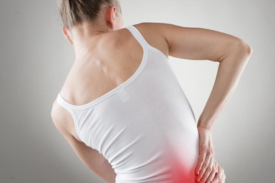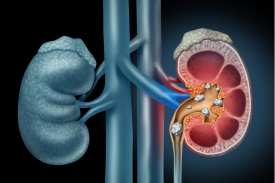What are piles?
Heaps are the aftereffect of enlarged veins in the lower butt and rectum. They can cause tissue developments in and around the butt and can prompt huge distress. These developments can change in size and area.
Internal vs. external
Inside heaps happen inside the rectum and are normally not apparent during an outside assessment. Nonetheless, now and again, an outer heap might develop to distend beyond the butt. The clinical term for this is prolapsed hemorrhoid.
Outer heaps structure little knots outwardly edge of the butt. They are exceptionally bothersome and can become difficult if blood coagulation creates because the coagulation can obstruct the bloodstream. Thrombosed outer heaps, or hemorrhoids that have thickened, require prompt clinical treatment.
Symptoms
Much of the time, the side effects of heaps are not kidding and resolved all alone.
A person with heaps might encounter the accompanying side effects:
-excruciating bumps in and around the butt
-tingling and inconvenience around the butt
-inconvenience during and in the wake of passing stools
ridiculous stools
Heaps can grow into a more extreme condition. These include:
-unreasonable butt-centric dying, conceivably prompting weakness
-disease
-waste incontinence
-butt-centric fistula
-strangulated hemorrhoid, in which butt-centric muscles slice off blood supply to the hemorrhoid
-Be that as it may, many individuals with heaps may not encounter any side effects
Heaps result from an expanded strain in the lower rectum.
The veins around the rear end and the rectum will extend under tension and may enlarge or swell, shaping heaps. This might be expected to:
-persistent clogging
-ongoing loose bowels
-lifting significant burdens
-stressing while passing a stool
Treatments
The majority of the time, piles will go away on their own without the need for therapy. Some therapies, on the other hand, can dramatically lessen the discomfort and itching associated with piles in many people.



